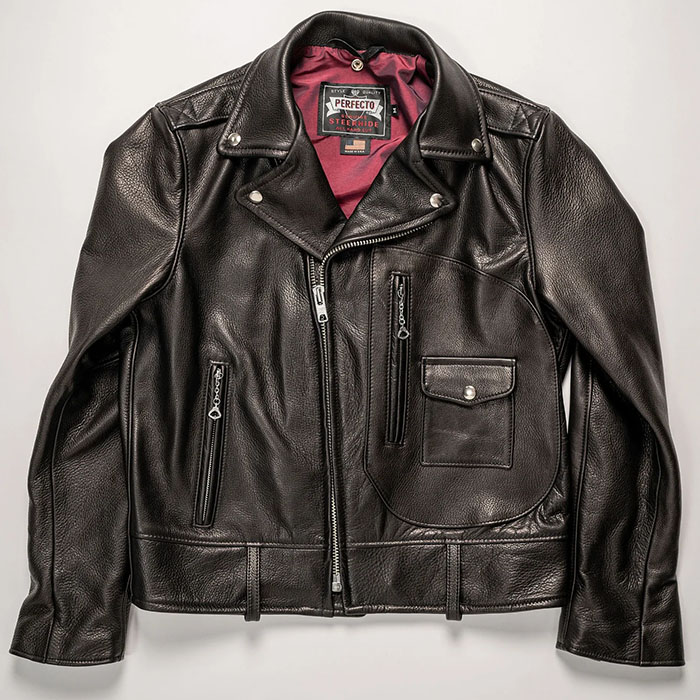- Messages
- 17,516
- Location
- New York City
Midnight Mary from 1933 with Loretta Young, Richard Cortez, and Franchot Tone
Some precode movies are just movies made during the precode era, with nothing salacious about them – Midnight Mary is not one of those movies. Produced at prestigious MGM, it has a little more polish than most, but still all the dirt of a Warner Bros. picture under its fingernails.
It opens with a young, beautiful woman, played by the arrestingly beautiful and lithe twenty-year-old Loretta Young, on trial for murder and all but mocking the judge and jury with her nonchalance. With that strong opening, most of the movie is then told through flashbacks.
Young, born into poverty, had none of life's advantages. She was even falsely arrested and sent to a reform school as a teenager. Still, when she gets out, she tries to lead a "respectable" life, but in the Great Depression that's no easy feat.
Eventually, prostitution and gangsters beckon, with one smart, smarmy one, played by Richard Cortez, taking a shine to her. Still, Young tries to break free of him and does...for a while. Young, in time, also meets a handsome, wealthy, and kind society gentleman, played by Franchot Tone.
This sets up a heck of a moral vice for Young. Cortez can only bring her down and she can only bring Tone down, as in that day, a man like Tone did not marry a woman like Young. From a distance, the movie is Young bouncing between the two men as her attempts at independence fail her.
The failure isn't on her, though – it is the times and the sleazy men. Even when she gets an honest job and is doing good work, her boss comes on to her. It's more complicated than that, but in this particular precode world, most men are bad and most women have few options.
Young is ultimately forced to choose between these two men in the most dramatic of fashion, resulting in the trial that opens – and closes – the movie. You might not like the resolution, as it's very Hollywood, but overall, this is no shrinking violet precode.
You'll want to pay close attention in the scene when Young is forced to choose between Tone and Cortez, as she first offers Cortez, in a whisper, something of value that a reasonable viewer would assume are some pretty dramatic sexual favors – again, this is no shy precode.
Cortez himself is in his acting sweet spot here as the oleaginous gangster, and Tone is perfectly cast as the handsome society gentleman. But this is Young’s movie through and through – and the already-old-Hollywood-hand, twenty-year-old actress is more than up to the challenge.
She does it all by conveying so many emotions – optimism, depression, anger, fear, selfishness, and generosity (an incomplete list) – and assuming so many personas that you can only marvel at the twenty-year-old’s talent.
Being an MGM movie, even for 1933, the production quality is high, making it feel less dated and less clunky than many of its peers. Still, the picture rips along at a precode pace, focusing on plot advancement and action, not artistic sensibilities or nuance.
After just seventy-four minutes, Midnight Mary leaves you exhausted but gratified — an amped-up version of real life anchored by a knockout performance from a young actress who would go on to build a six-decade career in a business not known for its longevity.
Last edited:


